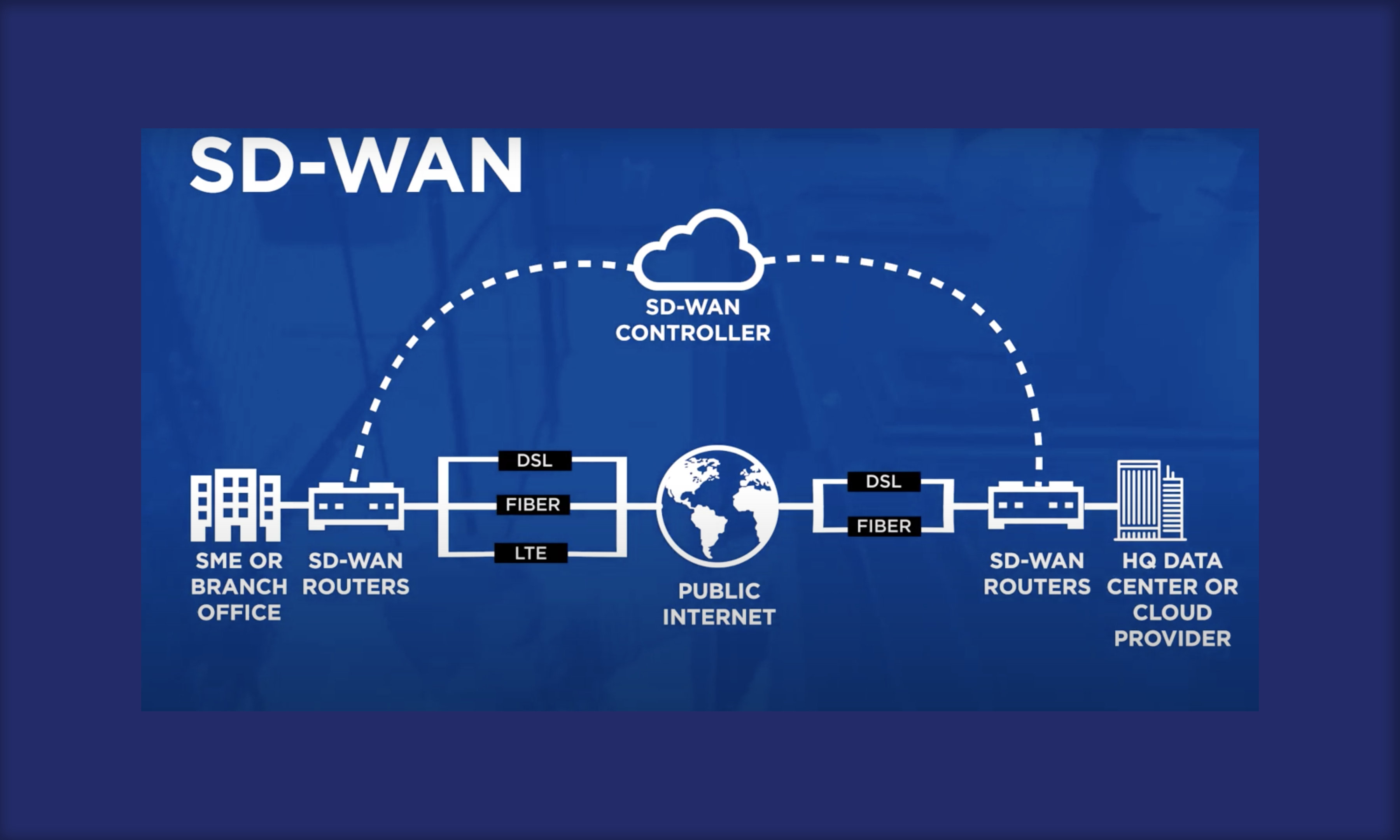Month: July 2022
-

The Uses And Benefits Of An SD-WAN
When using SD-WAN, you can use the SD-WAN application software to automatically route traffic based on the requirements and constraints of your business. SD-WAN software can be used for various business applications such as video, voice conferencing, and high-bandwidth streaming. As SD-WAN explained above, its software can also assess your network’s capabilities in real-time and automatically route…
-

What Is Chargeback Protection?
If you’re in the market for a payment processing solution, you might wonder what chargeback protection is. Chargebacks cost merchants 0.5 to 1% of their revenue, and related costs can add up to 10 percent. A recent Javelin Strategy and Research report put the cost of chargebacks at $31 billion. Luckily, merchants can use several…
-

All You Need To Know About Women’s Fashion Trends
Changing styles are the mainstay of women’s fashion. Leading clothing retailers like Shein know the importance of staying on top of and creating new trends. Varying styles are based on fabric, designs, and colors. Below, we look at key trends to help you find the perfect clothing to match your style. Changing Styles The ’30s was a critical…
-

Is A Yacht Worth It?
Do you live close to a body of water? Yachts are an excellent way to get out and enjoy the value of nature. Buying a yacht may sound like a frivolous expense; however, you’ll notice the many benefits it offers. If you are wondering if buying a yacht is worth the investment – here are…
-

How To Begin A Boxing Career
The roots of boxing are traceable from 3000BC back in Egypt, and since then, the sport has been gaining popularity at an escalating rate. Becoming a professional boxer requires resilience, hard work, and dedication. You can easily commence and advance your boxing career with the right guidance. Here are some tips that will come in…
-
Why You Should Choose A Silver Moonstone jewelry
If you are looking for a beautiful ornamental accessory for enhancing your beauty, then you can make a decision to choose different varieties of Moonstone jewelry. As the Moonstone is widely known for its shimmering attributes and metaphysical properties. Adding crystal jewelry to your jewelry collection will help you change your overall internal and outer…
-

Buying A House: What Are The Important Things To Consider?
Are you looking to buy a house over the coming months? Do you want to avoid living with anxiety in case you accidentally pick a home in a bad neighborhood or one that has too many structural problems? If so, you should read this guide to learn about the most important things to consider before…
-

How to Use Color Corrector for Your Dark Spots
Use Color Corrector for Your Dark Spots! Skin concerns like hyperpigmentation from dark spots, age spots, and sun spots can affect the skin. Using a color corrector for dark spots allows you to offset these skin imperfections and transform your skin’s appearance. Some of the conditions that color corrector deals with include: Rough skin spots…
-

What to Know When Installing Countertops
Countertops installation is a standard option for homeowners seeking affordable kitchen and bathroom remodeling. The process is more of a construction, so you should expect preparation, measurements, dust, noise, and a slight change to your itinerary. You should keep children and pets away, cover openings, and schedule a professional to care for other affected faucets.…
-

8 Tips to relax Before Receiving Hyperbaric Oxygen Therapy
Are you feeling anxious about your upcoming hyperbaric oxygen therapy? Many people feel uneasy or scared before their first treatment. However, you can do a few things to put your mind at ease and make the experience less stressful. Below are eight tips to help you relax before your hyperbaric oxygen therapy session. Ways To…